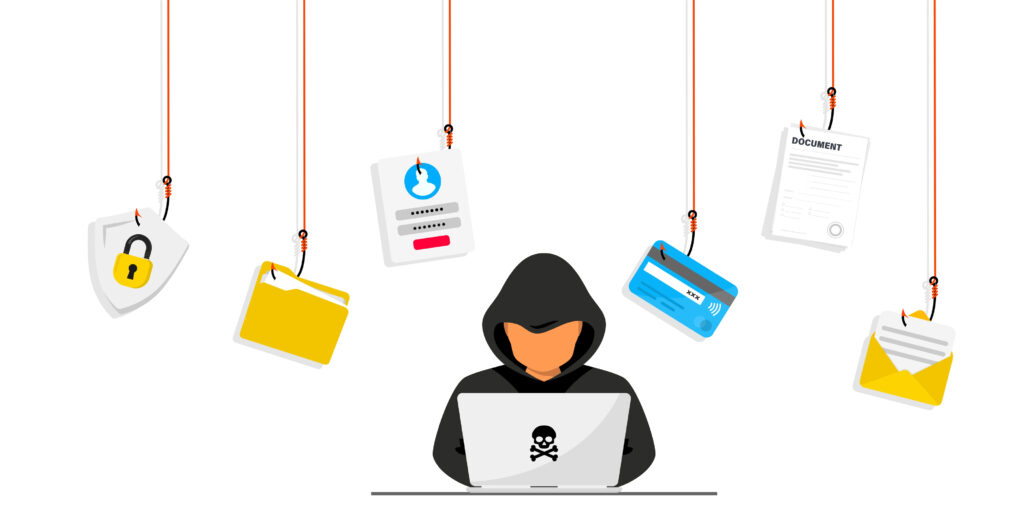LogiCommerce is trusted by global enterprise brands and wholesalers, across industries
eCommerce has drastically changed the way we buy and sell goods and services. However, along with its exponential growth, a challenging problem has also emerged: fraud. From identity theft to the use of stolen credit cards, eCommerce fraud is a real threat to both retailers and consumers alike. This article details how businesses can deal with fraud in eCommerce and protect both their business and their customers.
Contents
The first step in dealing with eCommerce fraud is understanding the most common types of fraud. Here are a few examples:

La seguridad debe ser una prioridad para cualquier negocio de comercio electrónico. Aquí hay algunas medidas de seguridad que puedes implementar:
Staff training and education are crucial components in preventing eCommerce fraud. Employees should be aware of common fraud tactics and know what to look for. They should also be familiar with the company's policies and procedures for handling fraud when detected.
A risk scoring system can be a useful tool for detecting and preventing fraud. This system assigns a score to each transaction based on various risk factors, such as customer location, transaction size, transaction speed, and more. Transactions that exceed a certain score threshold can be flagged for review.
Working with trusted payment service providers can provide an additional layer of protection against fraud. These providers have their own fraud detection systems and can help ensure that transactions are secure.

A clear and fair refund and return policy can help prevent refund and return fraud. Make sure your customers understand how and when they can request a refund or make a return.
Last but not least, consider hiring security experts to review your security measures and provide recommendations. Experts can help identify any vulnerabilities and suggest improvements to protect your business against fraud.
